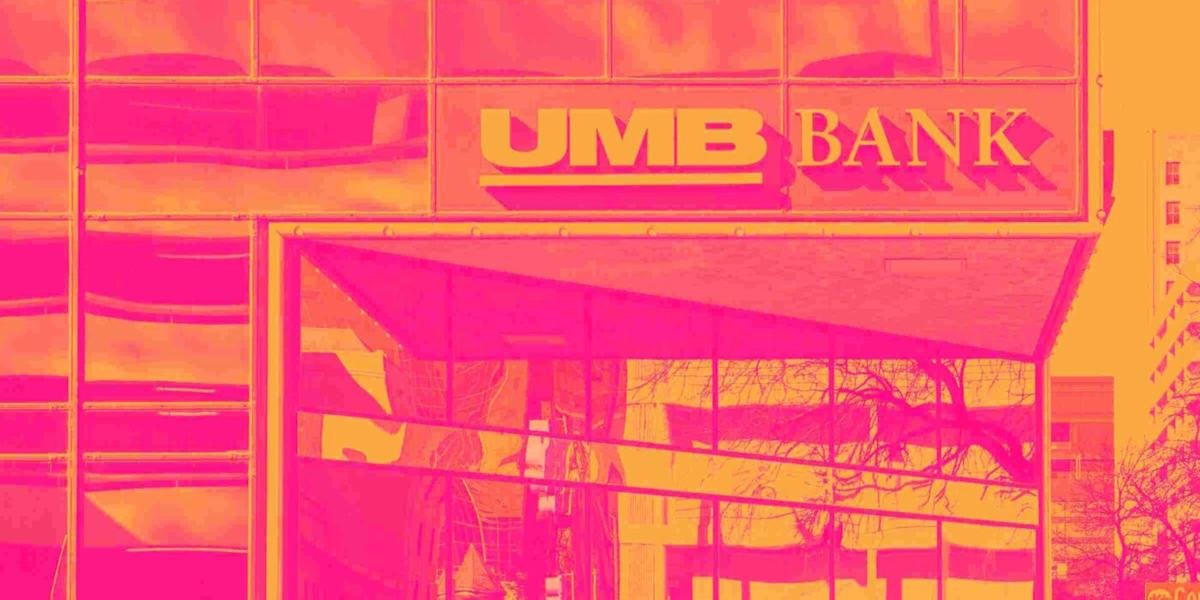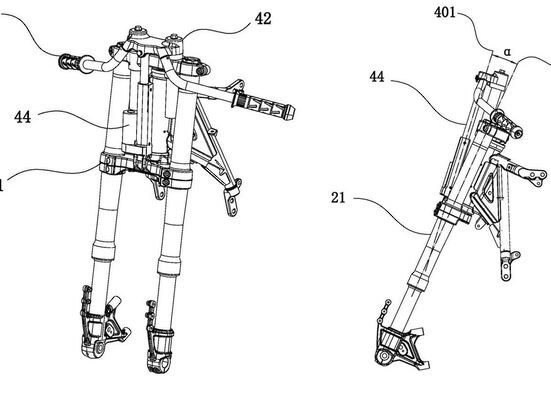UMB Financial has been treading water for the past six months, holding steady at $109.81. The stock also fell short of the S&P 500’s 6.2% gain during that period.
Is there a buying opportunity in UMB Financial, or does it present a risk to your portfolio? Check out our in-depth research report to see what our analysts have to say, it’s free.
We don’t have much confidence in UMB Financial. Here are three reasons why there are better opportunities than UMBF and a stock we’d rather own.
Net interest margin represents how much a bank earns in relation to its outstanding loans. It’s one of the most important metrics to track because it shows how a bank’s loans are performing and whether it has the ability to command higher premiums for its services.
Over the past two years, we can see that UMB Financial’s net interest margin averaged a poor 2.5%, meaning it must compensate for lower profitability through increased loan originations.
Tangible book value per share (TBVPS) serves as a key indicator of a bank’s financial strength, representing the hard assets available to shareholders after removing intangible assets that could evaporate during financial distress.
To the detriment of investors, UMB Financial’s TBVPS grew at a sluggish 4% annual clip over the last two years.
Leverage is core to the bank’s business model (loans funded by deposits) and to ensure their stability, regulators require certain levels of capital and liquidity, focusing on a bank’s Tier 1 capital ratio.
Tier 1 capital is the highest-quality capital that a bank holds, consisting primarily of common stock and retained earnings, but also physical gold. It serves as the primary cushion against losses and is the first line of defense in times of financial distress.
This capital is divided by risk-weighted assets to derive the Tier 1 capital ratio. Risk-weighted means that cash and US treasury securities are assigned little risk while unsecured consumer loans and equity investments get much higher risk weights, for example.
New regulation after the 2008 financial crisis requires that all banks must maintain a Tier 1 capital ratio greater than 4.5% On top of this, there are additional buffers based on scale, risk profile, and other regulatory classifications, so that at the end of the day, banks generally must maintain a 7-10% ratio at minimum.
Over the last two years, UMB Financial has averaged a Tier 1 capital ratio of 10.9%, which is considered unsafe in the event of a black swan or if macro or market conditions suddenly deteriorate. For this reason alone, we will be crossing it off our shopping list.







